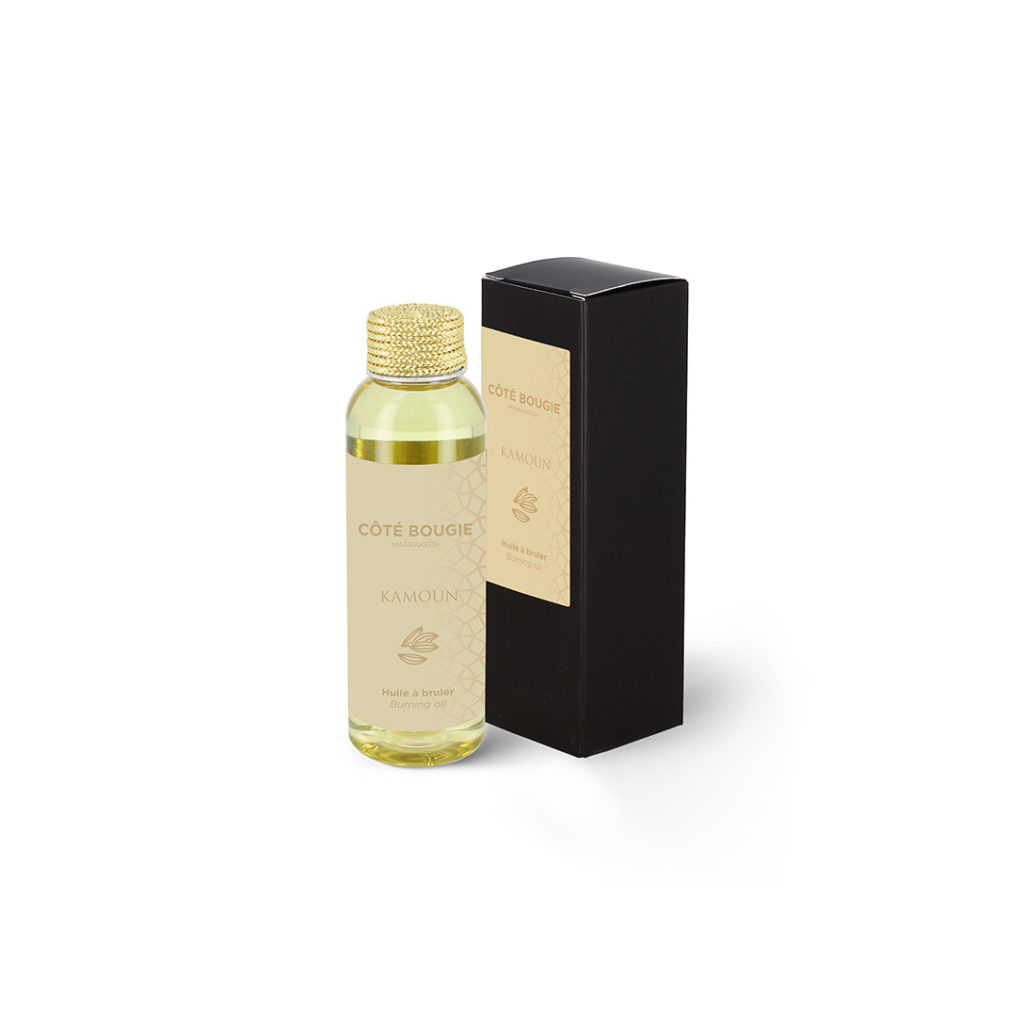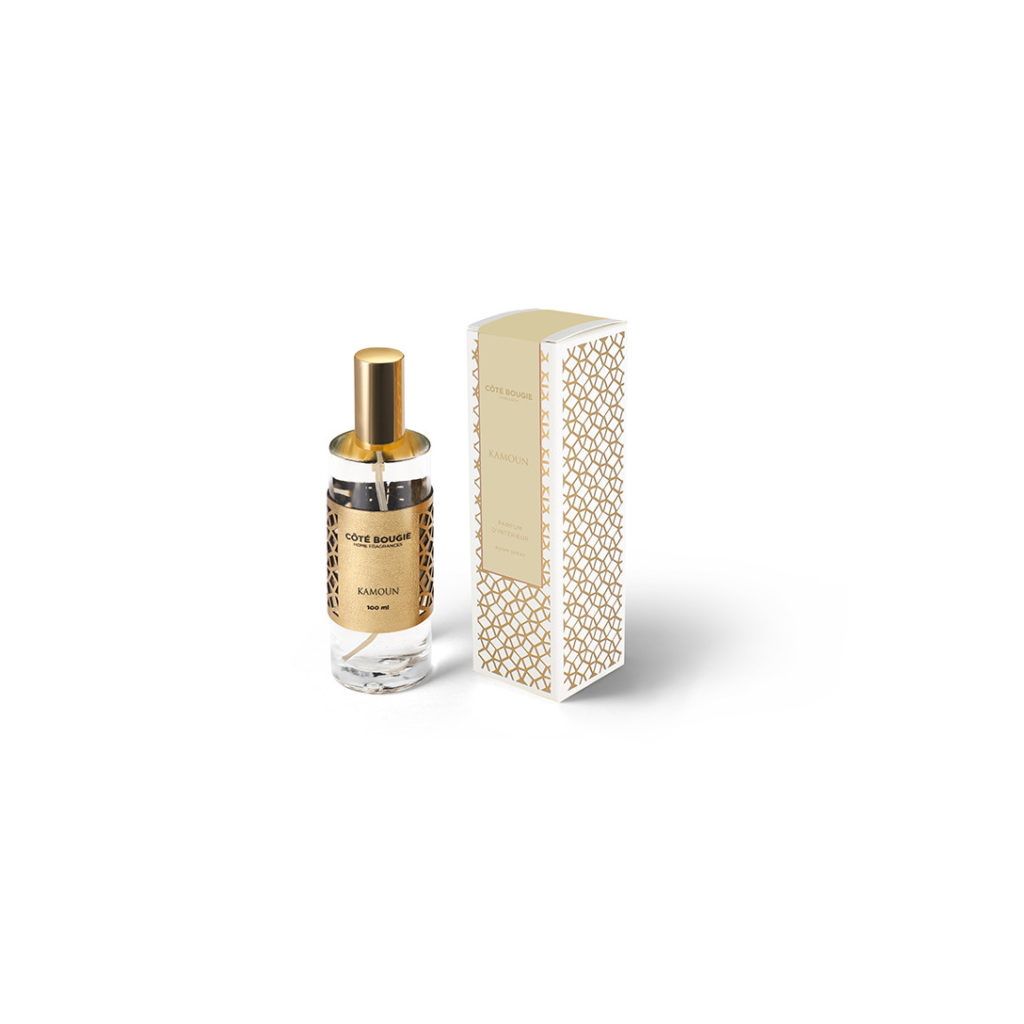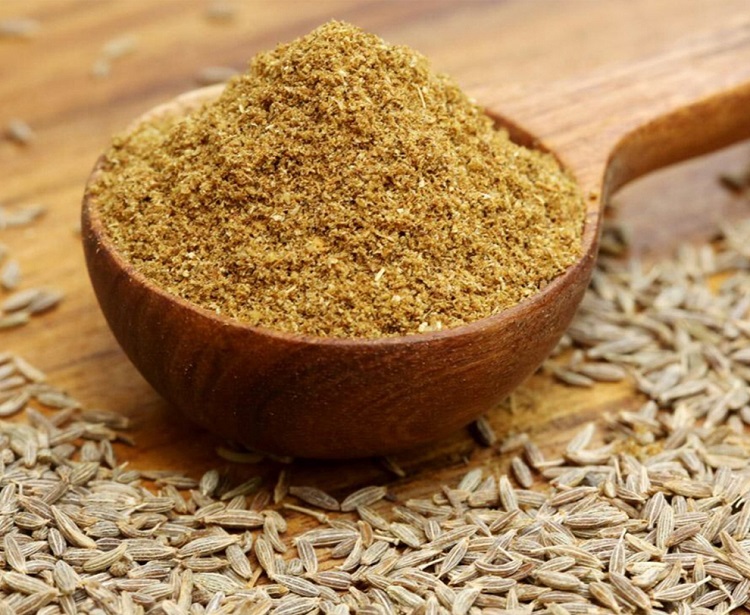Cumin (also known as white cumin, Moroccan cumin or false aniseed) is a herbaceous plant in the Apiaceae family. These include coriander, parsley and celery. It is known to give off an odor close to anise, but with the presence of an animal note. But before being the main ingredient of many perfumes, cumin was first used as a spice. We tell you all about the other unusual facts about the kamoun.
The origin of the cumin scent
The use of cumin goes back so far that it is even mentioned in the Old Testament and in various Greek writings. Its oldest trace of use has been dated toat least 5000 years ago and located in the Nile Valley region. It was present in the pharaonic tombs without doubt for its unique scent. In the Middle Ages, it was used as currency. And in ancient times, it was used as a pepper in cooking thanks to its very aromatic flavor. Now it is used as a room fragrance.
At Côté Bougie, you have the possibility of creating a pleasant atmosphere thanks to our oil to be burned containing cumin. It gives off an amber and spicy note mixed with woody leather in the different rooms of your house. You can put it in your living room, bedroom or bathroom to enjoy good moments of relaxation.

The explosion of perfume created by the scent kamoun
Cumin has always been known for its powerful smell. It gives off a spicy, woody and aniseed scent. In the family of spicy fragrances, cumin brings a touch apart since it also diffuses an amber note. This feature gives it the ability to easily combine with other fragrances and enhance their smell. It is precisely for this reason that cumin is very useful in perfumery. Without forgetting that its composition remains unique because we find there mainly cuminol and cuminic aldehyde.

Perfectly scented cumin seeds obtained through careful cultivation
You can’t get an excellent fragrance from cumin without careful farming beforehand. As it is a plant coming from the East, its culture requires a place exposed to the sunlight. A region where the summer is particularly hot is essential for its growth and development. The soil must also be rich in both limestone and essential nutrients. The cultivation of cumin also involves regular watering that does not risk drowning it.
Maturation usually comes one year after planting. It occurs when the seeds can be effortlessly removed from the umbel. Although planting cumin is tricky, you still have the option of planting it in your garden. And for information, India, Morocco and China are the main producing countries of this exceptional commodity. One of our room sprays has been developed with cumin. You can also opt for our stick diffusers and choose the refill of perfume for capilla with kamoun scents.
The smell of cumin, highly prized in the field of gastronomy
It is an essential spice in the oriental cuisine. And curry often goes hand in hand with cumin. A small pinch is enough to make your dishes delicious and fragrant because in large doses its taste becomes hot, pungent and acrid. Generally speaking, it is used to flavour bread, cakes, cheeses, couscous and various meat dishes. It goes very well with mutton and fish since it is able toattenuate the strong smell of red meat. And its antiseptic virtues give it its antiseptic reputation.
Cumin seeds and its therapeutic properties
Cumin is not only sought after for its olfactory or culinary qualities, but also for its therapeutic properties. Some people in North Africa use cumin seed powder mixed with water to treat heartburn. In traditional Chinese medicine, this spice is recommended to improve appetite and reduce excess heat in the liver. It is especially in the form of essential oil that cumin reveals its true medicinal virtues. It then becomes an analgesic and an effective weapon against asthma, arthritis and rheumatism.
You may also be interested in:



